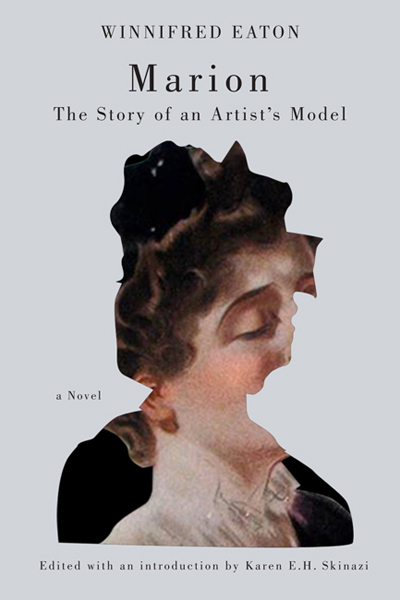Detecting Winnifred EatonPosted in Articles, Asian Diaspora, Book/Video Reviews, Literary/Artistic Criticism, Media Archive on 2014-01-19 04:33Z by Steven |
MELUS: Multi-Ethnic Literature of the United States
Published online: 2014-01-16
DOI: 10.1093/melus/mlt078
Jinny Huh, Assistant Professor of English
University of Vermont
In her recent introduction to Winnifred Eaton’s Marion: The Story of an Artist’s Model (1916), Karen E. H. Skinazi explores the relationship between racial ambiguity—that of both the anonymous author and the heroines in Marion and its predecessor, Me: A Book of Remembrance (1915)—and the audience’s ability to detect racial coding. “Me’s success,” Skinazi states, “has been predicated on a mystery that allowed each reader the chance to become a literary Sherlock Holmes, cracking the codes of its vault of shocking secrets” (xvii). Later, Skinazi writes that a New York Times reviewer, playing detective, solves Eaton’s racial passing utilizing the science of detection à la Edgar Allan Poe (xxi-xxii). Skinazi’s allusions to the art of detection, although brief, are astute, leading to this essay’s rereading of Eaton’s legacy through the lens of detection and the anxieties produced by its failures, especially the threat of racial passing. It is no coincidence that Eaton published her fiction at a time when both classic detective fiction and African American passing tales were at the peak of their popularity.
Few critics have examined Eaton’s role in the detective genre. This essay responds to this oversight by arguing that Eaton’s reliance on a trope of racial and ethnic passing, both in her choice of pseudonym and in her Japanese romances, cannot be fully appreciated without situating her within the context of the panic about detecting passing that swept America during the first quarter of the twentieth century. The unique lens of detective fiction allows us further to conceptualize Eaton’s role as a founding figure of Asian American fiction. This essay also highlights Eaton’s familiarity with rules of genre, particularly detective fiction and African American passing narratives, and her participation in the construction of racial epistemologies that were then being codified by…
Read or purchase the article here.





